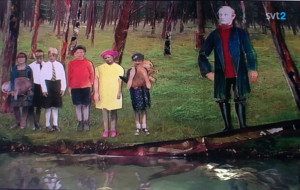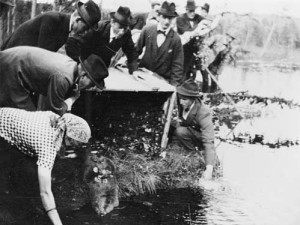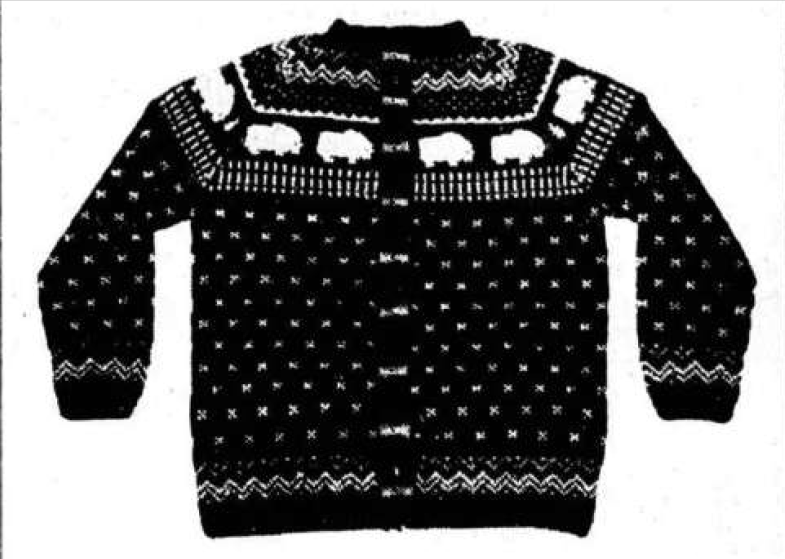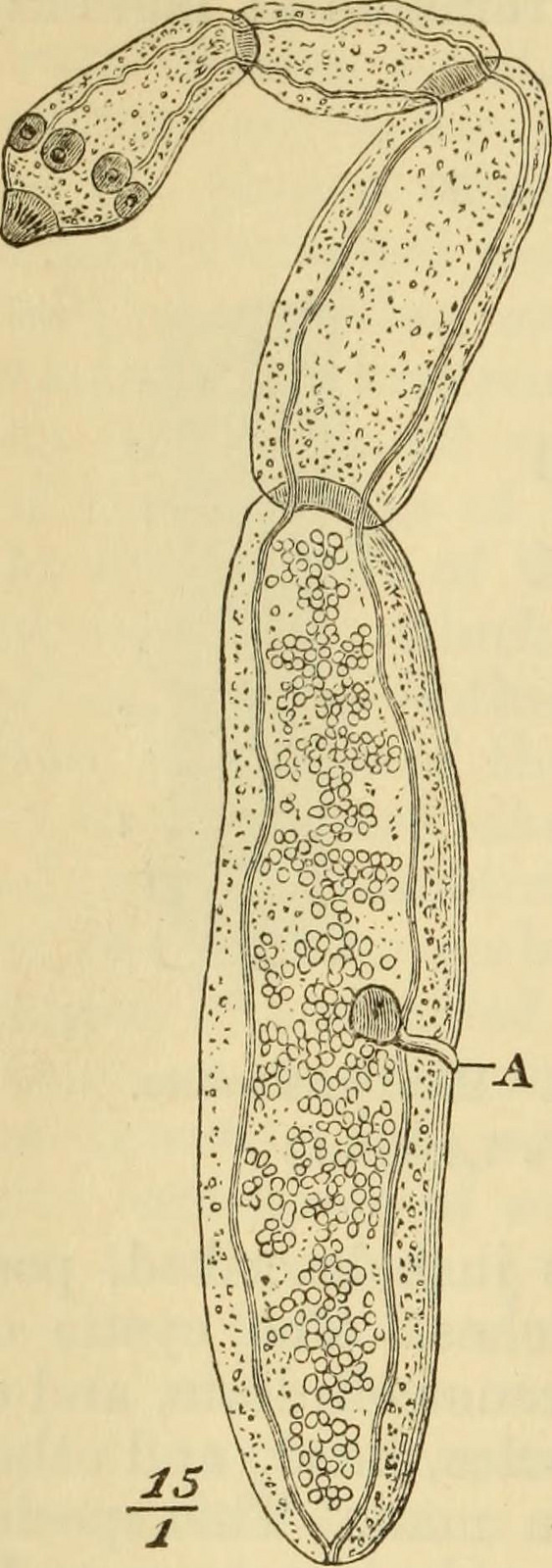
Documentaries and documenting history
Today I had the opportunity to watch a documentary film, “Samtidigt är varje bäver en personlighet” (dir. Malin Skjöld, 2012), which I had requested through the Svensk mediedatabas service. The film is a mixed media documentary that uses historical film, contemporary film, and animation to tell the story of the beaver, with a focus on Sweden.
To be honest, I’m not sure why the creators picked the title, which translates as “At the same time, every beaver is a personality”. One of the historical film clips shows Lars Wilsson, who was a high school instructor in northern Sweden for many years and wrote a book titled simply Bävern in1964 about beavers and their social habitats, discussing his experience raising beavers. In the clip, Wilsson says the quote that became the title–and it was certainly a focus of his work–although it does not seem to be a focus of the film. The film’s focus, on the contrary, is on the production of beaver felt hats, which according to the film was the reason for the beaver’s extermination in Europe.

While I have some issues with the “demand for beaver felt caused extinction” proposition, I was more interested today in what the film said about the beaver’s reintroduction. About two-thirds the way through the 28-minute film, the audience is told that some beavers had survived in Norway because landowners had protected them on their private property and “a school class from Jämtland collected money and brought two beavers. In 1922 beavers were released in Bjurälven. From there come all of Sweden’s beavers.” The visual image that goes along with these sentences is an animation of a group of children who receive two beavers from the Norwegian landowner and then release them into the water.
These three sentences said by the narrator in themselves are true, but put together in this way, they are completely false. Let me explain why.

A school group from Jämtland did purchase a pair of beavers, but the history was not the way the sentence implies. The group was an extracurricular “study circle” named “Vårdkasen” (the beacon) rather than a school class. The eight young people (in all likelihood in their late teens) in the group had previously taken initiatives in cultural heritage and nature protection, and in line with those efforts, the group voted in autumn 1924 to pay for a beaver pair to be set out in Görvikssjön (a newspaper article published 17 Nov 1924 documented the decision). When the beavers were released on 29 July 1925, it was the third release of beavers in Sweden–the first had been in 1922 in Bjurälven and the second in 1924 in Tärnaån. So while the second sentence in the sequence (“In 1922 beavers were released in Bjurälven”) is true, the youth group was not involved in that release. By 1940, there had been releases in 19 locations throughout Sweden according to Carl Fries’ book Bäverland. So if the “derifrån” (“from there”) in the third sentence means Bjurälven, then it is very wrong; if it means “Norway” which had been the source of the beavers mentioned a few sentences back, then it is correct.
The description of the documentary on various websites makes the film’s incorrect story into its main message. WebbTV for example describes the film as
Filmaren Malin Skjöld har gjort en delvis animerad film om bävrar. Bävern var nästan helt utrotad i Europa och Nordamerika när en svensk skolklass köpte in två bävrar och planterade ut dem i Jämtland 1922. …
Filmmaker Malin Skjöld has produced a partially animated film about beaver. Beaver was almost completely extinct in Europe and North America when a Swedish school class bought two beavers and released them in Jämtland in 1922. …
The film’s erroneous reintroduction history is perpetuated in this description. This documentary was shown three times on Swedish television (SVT) and I found two blogs (here and here) that mention how entertaining and great the film was. It may have been entertaining, but it didn’t document history, which is what I think a historical documentary should at least attempt to do.



